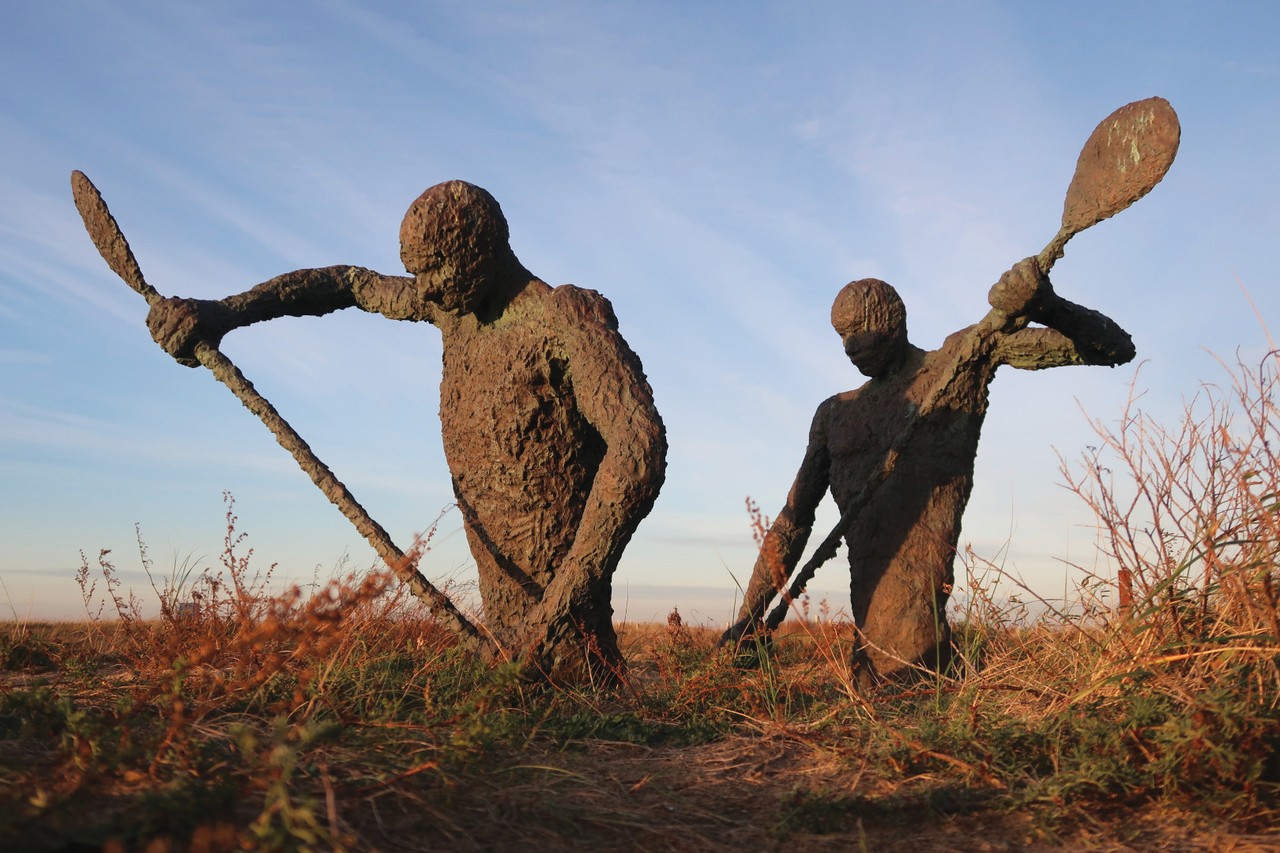The construction of the Atlantikwall had a major impact on Katwijk aan Zee. The fishing industry was already heavily disrupted by German restrictions, and with the building of the coastal defense line, everyday village and beach life also felt the war’s effects.
As early as 1942, several houses were evacuated, and most of the beach was declared a restricted area. Only a one-kilometer stretch remained open to bathers and swimmers. These measures, however, were not enough. In 1943, residents received a new order: around 4,200 houses had to be vacated and more than 500 buildings demolished. This gave the German occupiers the space to build their fortifications and to create an open field of fire.
The large-scale demolition also had another purpose: it prevented Allied troops landing from the sea from using the coastal buildings for cover. The once-charming Katwijk boulevard turned into an open sand plain stretching 100 to 200 meters inland. Only the Vuurbaak lighthouse and the Andreaskerk church – except for its tower – were spared. Along the shoreline, the Germans built an 1,800-meter-long reinforced-concrete tank wall, with bunkers on both sides. A belt of beach obstacles placed between the low- and high-tide lines made an Allied landing virtually impossible.
After the liberation, the barriers were removed and the bunkers demolished. A deep trench was dug alongside the wall, and cranes pulled the reinforced-concrete sections into the pit. The remains were covered with sand, and the boulevard was rebuilt. New buildings rose in a combination of traditional and modern styles, typical of the post-war reconstruction period.
At the DUNAatelier, a section of the tank wall has been made visible to commemorate the war years. Visitors can also see examples of beach defenses, such as steel beams set in concrete and tetrahedrons – pyramid-shaped concrete obstacles. Just a short distance away stands the impressive bronze sculpture “Freedom Forward”, accompanied by an interactive information panel. The artwork symbolizes two young Engelandvaarders – Dutchmen who risked their lives crossing the North Sea in a canoe to reach freedom (see also the England Sailors Museum in nearby Noordwijk).
